Franklin & Chu: Addiction recovery contributes to economic recovery – Vermont Business Magazine

Report on the Integration of Addiction Recovery Services with Economic Strategy and Sustainable Development Goals in Vermont
Executive Summary
Investment in recovery services for individuals with substance use disorders (SUDs) presents a strategic opportunity for the state of Vermont to achieve inclusive economic growth and advance several United Nations Sustainable Development Goals (SDGs). This report outlines how supporting addiction recovery aligns with state economic plans and contributes directly to key global targets, including SDG 3 (Good Health and Well-being), SDG 8 (Decent Work and Economic Growth), SDG 10 (Reduced Inequalities), and SDG 11 (Sustainable Cities and Communities).
The Socio-Economic Case for Investing in Recovery
Addressing Public Health and Well-being (SDG 3)
The impact of SUDs represents a significant challenge to public health and economic stability. Addressing this crisis is a core component of ensuring healthy lives and promoting well-being for all, as mandated by SDG 3.
- National Cost: The Centers for Disease Control and Prevention (CDC) estimated the economic burden of the opioid epidemic exceeded $1 trillion in the U.S. in 2017, including costs related to healthcare, productivity loss, and the criminal justice system.
- Vermont-Specific Challenges: The state experiences overdose death rates higher than the national average. Furthermore, 34% of adults with mental health issues report an unmet need for counseling, compared to 28% nationally.
Investing in recovery programs directly confronts these issues, easing the burden on healthcare systems and promoting mental and physical well-being.
Fostering Decent Work and Economic Growth (SDG 8)
A primary objective of the Vermont Economic Action Plan is to increase the labor force participation rate to 70% by 2035. Supporting individuals in recovery is a critical strategy for achieving this goal and promoting full, productive employment and decent work for all, in line with SDG 8.
- Removing Barriers to Employment: Recovery services help remove significant barriers that prevent tens of thousands of Vermonters from participating in the workforce.
- Increasing Productivity: By reintegrating individuals into society as employees, these programs enhance the productivity of the existing population and expand the state’s tax base.
- Unlocking Potential: Each person in recovery represents untapped potential to strengthen the economy and contribute to a thriving and abundant future.
Strategic Alignment with Multiple Sustainable Development Goals
Building Inclusive and Sustainable Communities (SDG 10 & SDG 11)
Effective recovery strategies are inherently inclusive and contribute to building resilient communities. This work directly supports SDG 10 (Reduced Inequalities) by providing pathways to stability for vulnerable individuals and SDG 11 (Sustainable Cities and Communities) by addressing foundational needs like housing.
- Reducing Inequalities (SDG 10): Organizations like the Vermont Association for Mental Health and Addiction Recovery (VAMHAR) advocate for equitable access to treatment and recovery-friendly workplaces, helping to overcome stigma and reintegrate individuals who are often marginalized.
- Promoting Sustainable Housing (SDG 11): Stable housing is a cornerstone of successful recovery. The development of recovery residences not only supports individual transformation but also adds to Vermont’s overall housing stock, making communities more inclusive and sustainable.
Strengthening Justice and Institutions (SDG 16)
Investment in recovery has a measurable positive impact on public systems, contributing to the development of peaceful, just, and strong institutions as outlined in SDG 16.
- Reduced Recidivism: Evidence shows that comprehensive recovery programs are effective in reducing re-offense rates among participants.
- Easing Systemic Burden: By lowering recidivism and addressing the root causes of SUDs, these programs reduce the significant strain on the criminal justice and healthcare systems.
Conclusion: A Virtuous Cycle for Sustainable Development
Integrating addiction recovery into Vermont’s statewide economic strategy creates a virtuous cycle that aligns with the 2030 Agenda for Sustainable Development. By investing in human potential, the state can move from crisis management to building a resilient and prosperous future. This approach expands economic opportunities, and the resulting growth generates the resources needed to sustain and enhance the very services that drive it.
Valuing every Vermonter’s potential is not merely a compassionate choice but an essential economic development strategy that simultaneously achieves critical targets across the Sustainable Development Goals, ensuring a future of health, opportunity, and equity for all.
1. Which SDGs are addressed or connected to the issues highlighted in the article?
- SDG 3: Good Health and Well-being: The article’s core focus is on addressing substance use disorders (SUDs) and mental health challenges in Vermont.
- SDG 8: Decent Work and Economic Growth: The article explicitly links addiction recovery to economic recovery, focusing on increasing labor force participation and productivity.
- SDG 11: Sustainable Cities and Communities: The text highlights the critical role of stable and supportive housing (recovery residences) in the recovery process and its contribution to the overall housing stock.
2. What specific targets under those SDGs can be identified based on the article’s content?
SDG 3: Good Health and Well-being
- Target 3.5: Strengthen the prevention and treatment of substance abuse, including narcotic drug abuse and harmful use of alcohol.
The article directly addresses this target by discussing the high rates of overdose deaths in Vermont, the economic toll of the opioid epidemic, and the importance of investing in recovery services and treatment access for individuals with substance use disorders. - Target 3.4: By 2030, reduce by one third premature mortality from non-communicable diseases through prevention and treatment and promote mental health and well-being.
This target is relevant as the article points out that “34% of adults with mental health issues report an unmet need for counseling or therapy,” highlighting a gap in mental health services which are crucial for overall well-being and recovery.
SDG 8: Decent Work and Economic Growth
- Target 8.5: By 2030, achieve full and productive employment and decent work for all women and men, including for young people and persons with disabilities, and equal pay for work of equal value.
The article connects recovery to this target by framing it as a strategy to “remove the barriers that keep tens of thousands of Vermonters sidelined from the workforce.” It aims to reintegrate people in recovery into society as “employees, neighbors, and contributors,” thereby promoting inclusive employment.
SDG 11: Sustainable Cities and Communities
- Target 11.1: By 2030, ensure access for all to adequate, safe and affordable housing and basic services and upgrade slums.
The article identifies a direct link between housing and recovery, stating that “Stable housing is a cornerstone of recovery.” It mentions that “developing recovery residences adds to Vermont’s housing stock,” which directly supports the goal of providing adequate and safe housing for a vulnerable population.
3. Are there any indicators mentioned or implied in the article that can be used to measure progress towards the identified targets?
Target 3.5: Strengthen the prevention and treatment of substance abuse
- Indicator: Rates of overdose deaths.
The article explicitly mentions that in Vermont, “rates of overdose deaths are higher than the national average.” A reduction in this rate would indicate progress in treating substance abuse. - Indicator: Reduced burden on the criminal justice and healthcare systems.
The article states that recovery programs “reduce recidivism, ease the burden on the criminal justice and healthcare systems.” Measuring these reductions would serve as an indicator of the effectiveness of treatment and recovery services.
Target 3.4: Promote mental health and well-being
- Indicator: Percentage of adults with an unmet need for counseling or therapy.
The article provides a specific statistic: “34% of adults with mental health issues report an unmet need for counseling or therapy.” Tracking a decrease in this percentage would measure progress toward providing better mental health support.
Target 8.5: Achieve full and productive employment
- Indicator: Labor force participation rate.
The article directly cites the “Vermont Economic Action Plan’s goal to increase labor force participation rate to 70% by 2035.” This is a key metric used to argue for investing in recovery services.
Target 11.1: Ensure access for all to adequate, safe and affordable housing
- Indicator: Number of recovery residences developed.
The article suggests that “developing recovery residences adds to Vermont’s housing stock.” The creation of these specialized housing units is an implied indicator of progress in providing stable housing for people in recovery.
4. Create a table with three columns titled ‘SDGs, Targets and Indicators” to present the findings from analyzing the article.
| SDGs | Targets | Indicators |
|---|---|---|
| SDG 3: Good Health and Well-being | Target 3.5: Strengthen the prevention and treatment of substance abuse.
Target 3.4: Promote mental health and well-being. |
|
| SDG 8: Decent Work and Economic Growth | Target 8.5: Achieve full and productive employment and decent work for all. |
|
| SDG 11: Sustainable Cities and Communities | Target 11.1: Ensure access for all to adequate, safe and affordable housing. |
|
Source: vermontbiz.com

What is Your Reaction?
 Like
0
Like
0
 Dislike
0
Dislike
0
 Love
0
Love
0
 Funny
0
Funny
0
 Angry
0
Angry
0
 Sad
0
Sad
0
 Wow
0
Wow
0

















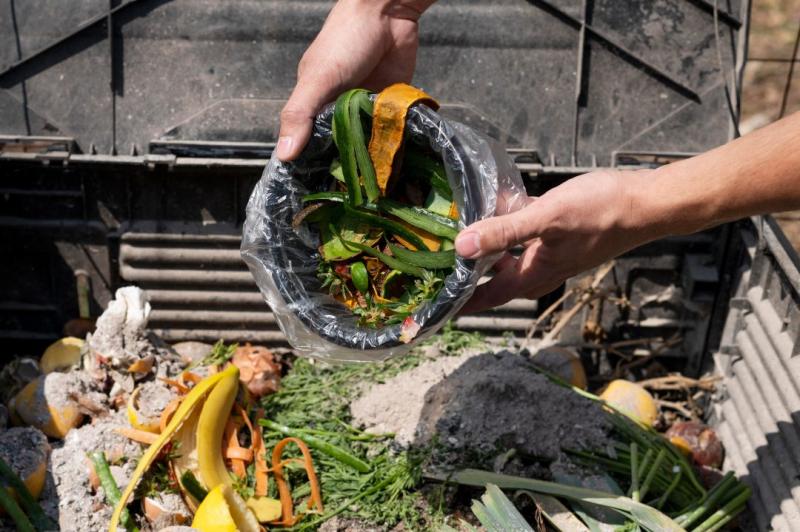













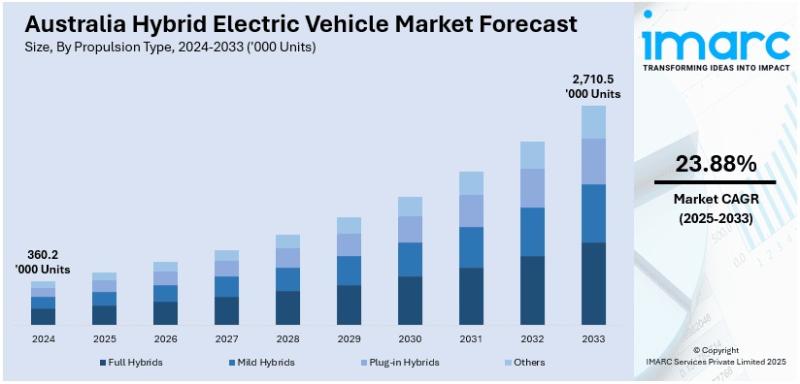






















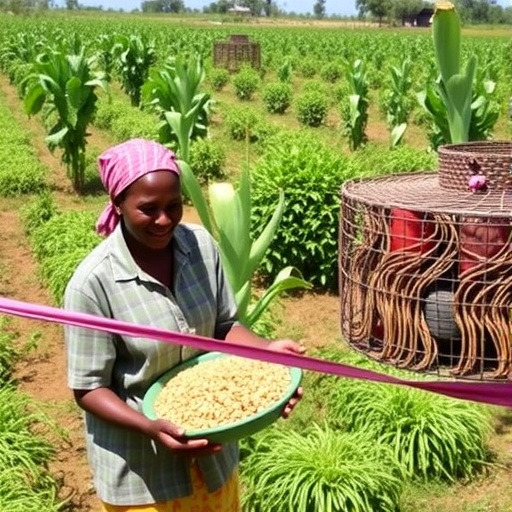
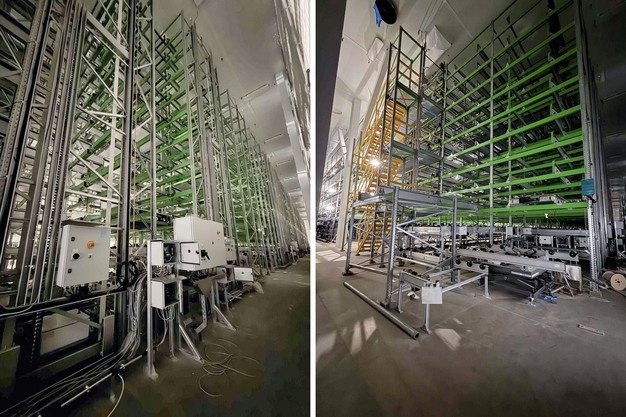

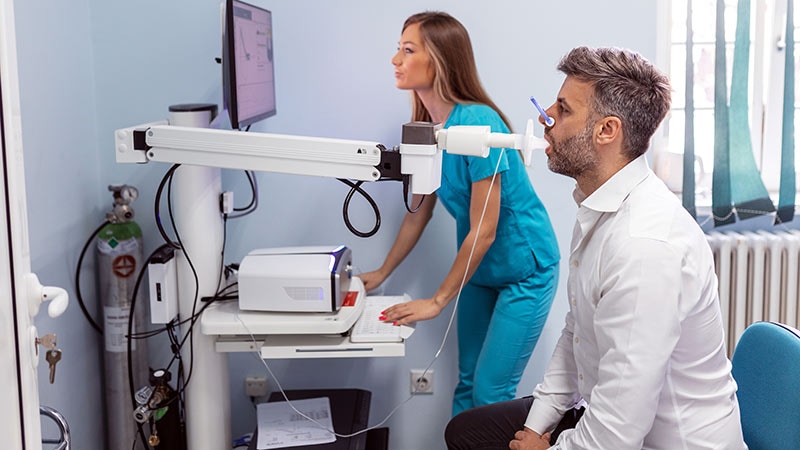

.jpg?#)


















